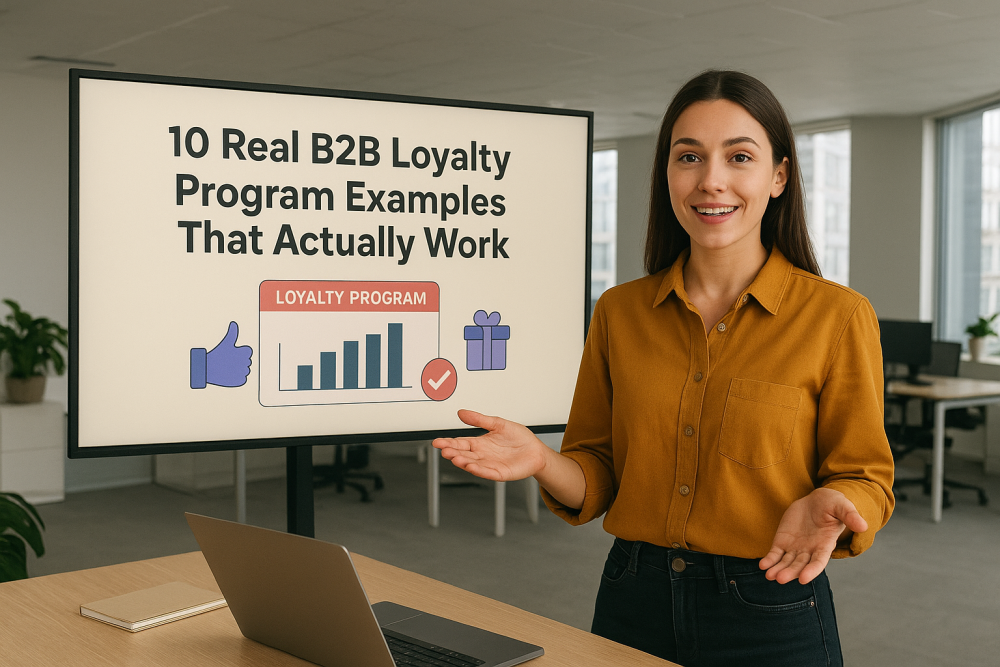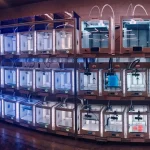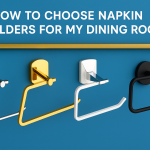Building strong relationships is the heart of B2B success. While pricing and product quality matter, businesses stay loyal when they feel valued. That’s where B2B loyalty programs step in. They give companies a way to reward clients, distributors, and partners for staying committed. When done right, these programs drive repeat orders, increase trust, and turn business connections into long-term partnerships.
In this article, we’ll look at 10 real B2B loyalty program examples that actually work. These examples show how industries from tech to industrial supplies use rewards, recognition, and incentives to keep customers close.
Why Loyalty Programs Matter in B2B?
Before the examples, let’s set the stage. Loyalty programs in B2B are not the same as in retail. Businesses don’t shop daily, and order values are usually much higher. The relationships are long-term and decision-makers look for trust, efficiency, and value.
Benefits of B2B Loyalty Programs
- Better customer retention and repeat business
- More referrals and positive word-of-mouth
- Increased order values and higher margins
- Deeper partner and distributor engagement
- Stronger brand trust in competitive markets
That’s why corporate loyalty programs are becoming a standard practice in B2B.
1. Cisco Rewarding IT Partners
Cisco runs one of the best B2B loyalty examples with its partner rewards program. Distributors and resellers earn points for sales, training, and certifications. Points can be redeemed for travel, tech gear, and gift cards.
Why it works: The rewards tie directly to Cisco’s business goals. Partners win when they sell and learn, while Cisco builds a stronger network.
2. Captain Up Engagement Platform
Captain Up runs a loyalty and engagement program for businesses. Clients, distributors, and partners are rewarded with points, badges, and prizes for actions such as purchases, referrals, or completing training. The platform also provides challenges, tiered rewards, and real-time recognition to keep users involved.
Why it works: The rewards go beyond transactions. By encouraging ongoing participation and recognizing achievements, Captain Up helps businesses keep relationships strong and retention rates higher.
3. Caterpillar Industrial Supplies Loyalty Case
Heavy machinery giant Caterpillar has a loyalty initiative for dealers and parts buyers. They reward bulk purchases and regular servicing with credits. It’s a B2B loyalty programs case study in industrial supplies, showing how even complex industries can use rewards.
Why it works: Caterpillar focuses on reliability. By rewarding after-sales service, they ensure machines keep running, and customers stay tied to their ecosystem.
4. Microsoft Partner Network
The Microsoft Partner Network offers tiered benefits. Partners get marketing support, training, and sales incentives based on their performance level. It is one of the real life B2B loyalty program examples that succeed at scale.
Why it works: The program blends education with incentives. Partners grow their business while staying locked into Microsoft’s cloud and software ecosystem.
5. Grainger Rewards for Industrial Buyers
Grainger, a major industrial supplies distributor, gives volume-based discounts and loyalty credits. It shows how B2B loyalty programs work in industries where purchases are frequent and high-value.
Why it works: The savings are clear and practical. Buyers stick with Grainger because the rewards directly impact their budgets.
6. HP Amplify Loyalty Program
HP built a loyalty program for distributors and resellers. Members earn incentives for meeting sales goals, joining training, and marketing HP solutions. Rewards include cash bonuses and co-marketing funds.
Why it works: The program supports both sales and growth. By tying rewards to marketing funds, HP helps partners expand their reach.
7. Salesforce Loyalty Program for Consultants
Salesforce provides benefits to consulting partners based on certification, project success, and customer satisfaction scores. This is an innovative B2B loyalty reward program for partners in tech.
Why it works: It rewards performance and expertise, not just sales. That motivates consultants to deliver better results.
8. American Express Corporate Loyalty Program
Imagine running a business where every coffee for a client meeting, every flight to a conference, and even the office supplies you stock up on actually give something back to you. That’s exactly what the American Express Corporate Loyalty Program does. Every time your company uses its Amex card, you rack up points kind of like a little “thank you” for the money you’re already spending. And those points aren’t just numbers on a screen; they can turn into flights, hotel stays, new tech for the office, or even experiences to impress clients.
9. BASF Distributor Rewards
BASF, a leader in chemicals, runs loyalty programs for its distributors. Rewards come in the form of bonuses, co-branding opportunities, and training access. It’s an example of B2B loyalty programs for distributors in a very technical field.
Why it works: Distributors gain not only financial rewards but also resources to improve their business operations.
10. Lenovo Partner Engage Program
Lenovo’s Engage Program gives points and recognition to resellers who achieve sales targets or complete training. Rewards include merchandise, travel, and financial bonuses.
Why it works: It mixes recognition with material benefits. Partners feel valued both financially and socially.
Key Takeaways from These Examples
Looking at these B2B loyalty programs case studies, a few patterns stand out:
- Tie rewards to business goals. Cisco and Salesforce align rewards with training and certifications.
- Make rewards practical. Grainger and Caterpillar focus on savings that matter to buyers.
- Support partners’ growth. HP and BASF give co-marketing funds and training.
- Add recognition. Lenovo and Microsoft show that recognition can be as powerful as money.
B2B Loyalty Reward Ideas to Inspire You
If you’re thinking about your own program, here are some simple B2B loyalty reward ideas:
- Tiered discounts for repeat orders
- Cashback or credits for bulk buying
- Training vouchers or certifications
- Co-marketing funds for distributors
- Travel or event invitations for top clients
- Early access to products or beta launches
How to Start Your Own Loyalty Program
Setting up a program doesn’t need to be complicated. Here’s a quick guide:
- Define goals. Do you want more repeat orders, stronger distributor ties, or more referrals?
- Pick rewards. Choose benefits that matter to your buyers.
- Use software. Platforms like Captain Up help track points, rewards, and engagement.
- Communicate. Make sure clients and partners know about the program.
- Measure. Track results and adjust based on what works.
Final Thoughts
Think about it whether you’re in tech, finance, or selling industrial supplies, showing your partners that their business truly matters can go a long way. That’s where smart loyalty initiatives come in. They’re not just about points or perks; they’re about building stronger, lasting relationships. And the good news? Tools like Captain Up make it simple to set up and manage rewards that actually fit your business, so you can focus on keeping those connections strong.


